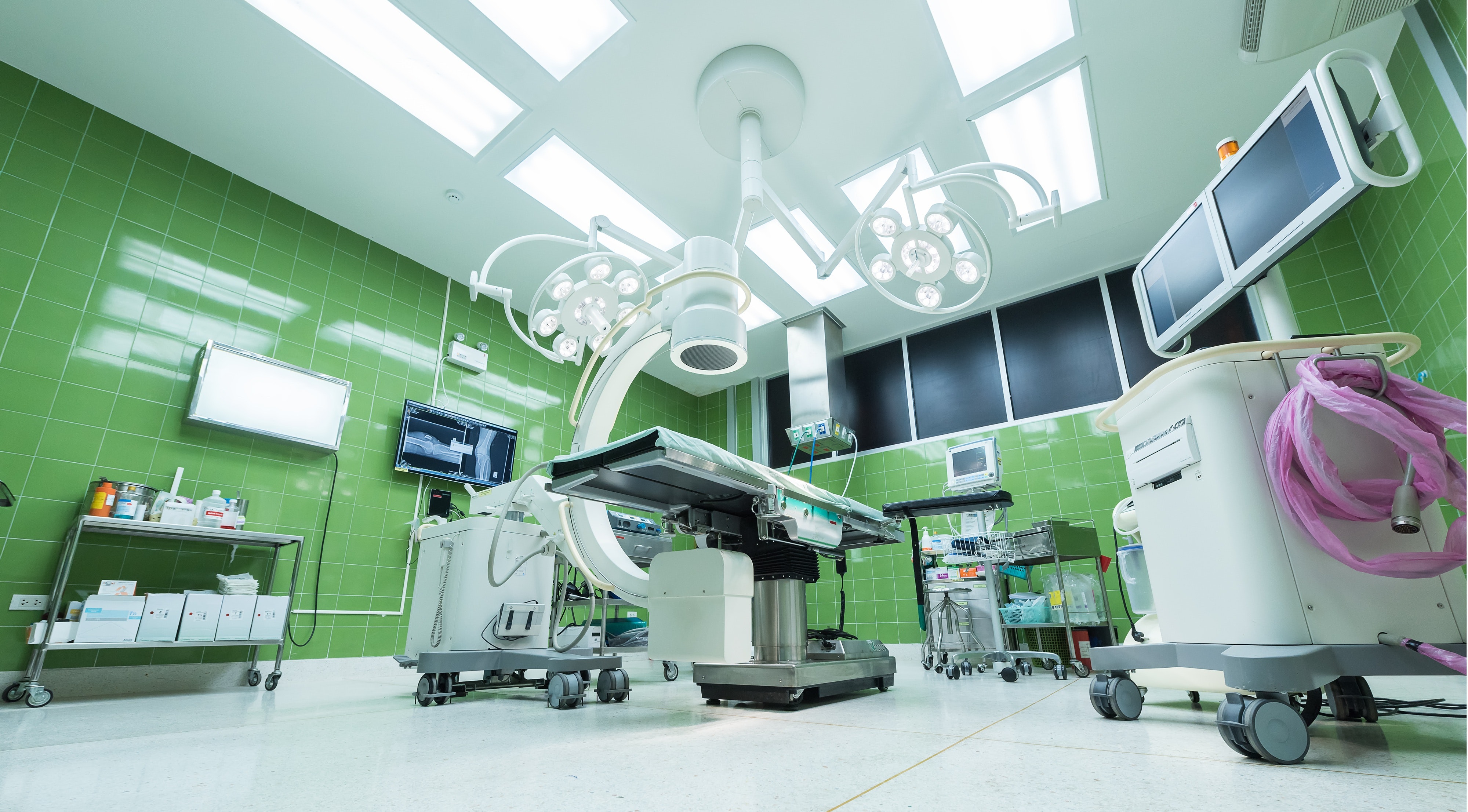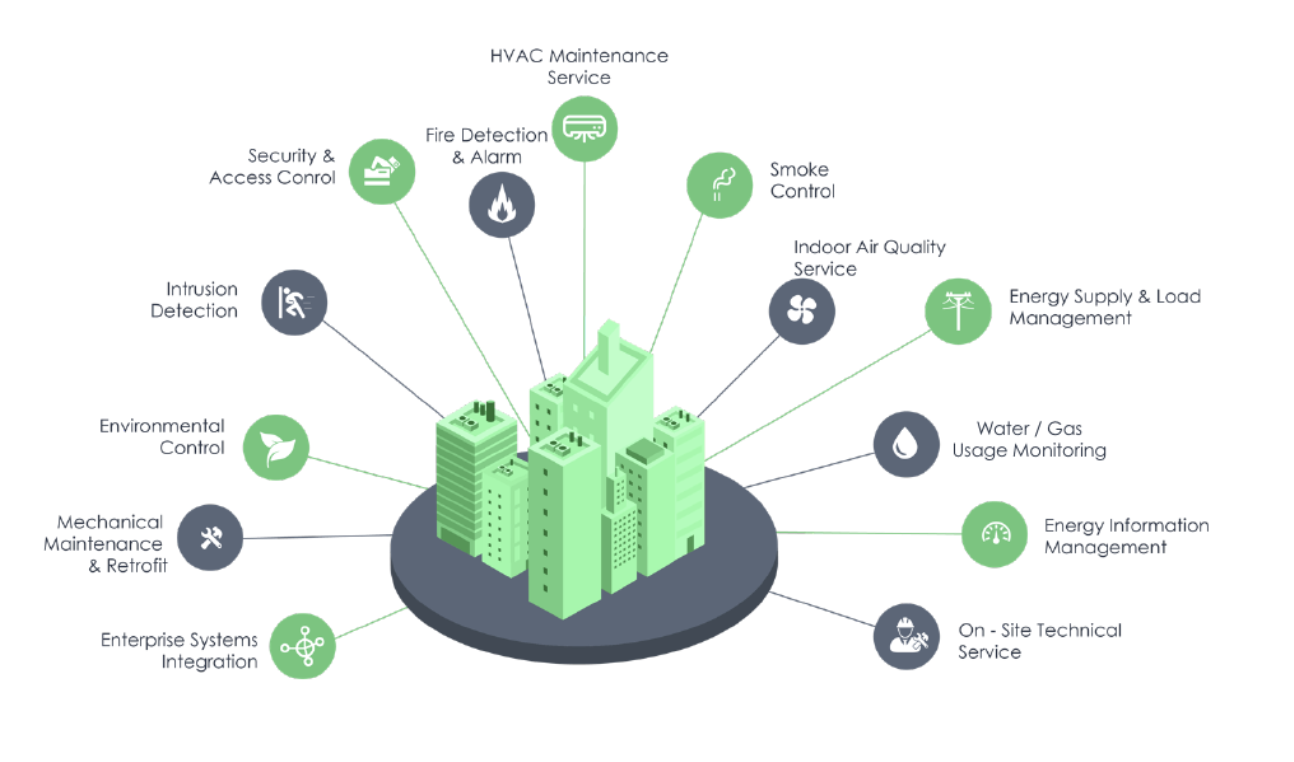
WebNMS IoT could enhance critical asset management in hospitals and health centers with its remote management capability to ensure uninterrupted service.
In light of the current global outbreak of the COVID-19 pandemic, it is only reiterating the fact that natural calamities, epidemics and other natural disasters are bound to occur and may cause uncertainty in health, safety, economy, and well-being of the community. When it comes to the health systems, hospitals play a critical role in providing essential medical care to the community, particularly during a crisis, like the one we are facing now. Ralph Waldo Emerson said “To know even one life has breathed easier because you have lived. This is to have succeeded”.
However, for all these to happen, the foremost thing to look at is providing a favourable medical infrastructure to the doctors and a healing environment to the patients.
Every challenge assures a change
When there is a health crisis, hospitals and health centers become a crucial resource on which unusual demand is placed. Prolonged outbreaks may progressively lead to a severe spread of the disease which in turn increases the medical service demands rapidly. This current scenario can potentially overpower the capacity of hospitals and the health systems at large which might lead to a huge patient influx causing over usage of assets and thereby resulting in asset failures. Unfortunately, most facility or hospital managements struggle when it comes to critical asset management processes and OPEX reduction. An infrastructure that is expected to function round-the-clock with no failure demands a robust system for monitoring and managing it.
The scope and scale of hospital ‘assets’ is both vast and heterogeneous. It can be classified into,
- Active Assets are primarily the vital medical care equipment that helps in the Patient-centric environment. It includes ventilators, infusion pumps, cardiac monitors, syringe pumps and other diagnostics or life support equipment.
- Passive Assets are heating, air-conditioning, refrigeration, ventilation and lighting systems which provide support environment to the hospitals with optimal temperature, humidity, pressure, lighting, air quality etc. Equipment such as boilers/chillers, diesel engines, inverter/UPS, turbines, water pumps, condensers, generators, and compressors function in the background keeping the hospital functioning effortlessly.
Today there are hundreds of hospitals, outpatient clinics, scan centers, rehab or physio centers, research/test labs, and other premises that own and manage myriad active and passive assets. Monitoring and managing these cost-intensive asset infrastructure becomes an enduring challenge and is likely to grow as the crisis increases the equipment financing pressure on hospitals. Also, rising health care costs put added pressure on hospitals to reduce their operational expenses.
A large section of hospitals today have minimal or no software in place to help in infrastructure management and asset management. Even bigger hospitals which have HMS software for patient management, still lack software solutions to address the asset and maintenance problem.
Moreover, hospitals that have solutions tend to use multiple monitoring applications to gather data from these assets and push it to various technology-intensive systems such as Building Management System (BMS), Hospital Information System (HIS), Security Systems and so on. They end up in a totally siloed asset management system with disjointed data collection that cannot empower quick decision-making.
Improve patient experience and drive patient-centered care
To enhance the readiness of the health facilities to cope with the challenges of an epidemic, a pandemic or any other emergency or disaster, hospital/facility/operation managers should initiate necessary, timely, responsive and appropriate actions.
Leveraging digital technologies like the Internet of Things (IoT) can provide the patients and the doctors with a clean environment by ensuring 24×7 asset uptime, availability, active control rooms, optimal usage and timely maintenance of the assets. Energy efficiency and seamless asset operations are hidden opportunities to help health facilities reduce operating costs and improve their financial health without creating a negative impact on patient care.
So the bottom line is, monitoring asset (active & passive) health, measuring energy utilization and proactively planning the maintenance are important factors that can tangibly impact the productivity of a hospital.
An IoT based unified Remote Asset Management solution can be a panacea for challenges faced by hospitals by improving the operational efficiency of healthcare facilities, controlling the surging cost, and improving the patient experience. With its integrated capabilities, facility managers can reduce asset breakdowns, resolve issues and avoid any impact on occupants.
But how does it work?
In a mid-sized to large hospital, numerous equipment keep the critical services going. These include active assets such as ventilators or cardiac monitors for intermittent monitoring of heart activity, and infusion/syringe pumps and other equipment for performing medical procedures. The Remote Asset Management solution uses an array of sensors to monitor multiple data points like availability of equipment, on/off status, runtime, idling time, location tracking for internal movements etc. This helps the hospitals keep track of availability, usage, and maintenance needs of assets.
The passive assets which include diesel generators for constant power, air conditioning for cooling, pumps and motors for providing continued supply of water, etc. play a pivotal role in providing better services. Data points of passive assets like energy usage, asset condition, vibration, flow rates, pressure, temperature, humidity, fuel level, and other performance data can be monitored in real-time. The data is collected precisely from various sources (Sensors & BMS) and pushed to the server for further analytics and decision-making.
The solution is significant for critical assets because their failure can result in delays in operations, loss of revenue, and diminished service reputation. IoT-enabled Remote asset management will improve various aspects of asset maintenance and operations, and will make it possible for the assets to work at their most productive and profitable levels.
Some statistics for you:
A comprehensive remote asset management solution is expected to reduce maintenance costs by 25-30%, eliminate equipment breakdown by 70-75%, and reduce equipment downtime due to failure by 35-45%.
What is “Comprehensive” remote asset management solution?
A comprehensive Remote Asset management solution will impart Intelligence to assets/sites with reduced workforce and top-notch features like,
- Centralized Monitoring
- Asset Health/Condition Monitoring
- Asset Workflow Automation
- Real-time Alerting
- Predictive Maintenance
- SLA Management
- Advanced Reporting
- Enable Statutory compliances
It should provide real-time insights on asset performance parameters, asset/floor/site wise energy consumption & comparison metrics, monitoring the environmental conditions of the site such as temperature and humidity, monitoring the utilization at an individual asset level, enable predictive maintenance for the assets/sites, etc.

Now, lets get in to a couple of classic Remote Asset Monitoring use cases,
1. Heating, Ventilation & Air-Condition (HVAC) monitoring:
A hospital’s HVAC systems play a critical role in mitigating the spread of diseases like COVID-19, MERS, SARS, and tuberculosis. The solution can centrally monitor temperature, humidity, supply/exit vent air, pressure, door sensor etc. With the monitored data, the operations team can verify optimal ranges and check whether the sensors are calibrated and working, make air changes every hour, maintain inlet and outlet air flow, monitor personnel entry or exit and so on. The solution also helps in providing a better patient experience and can better handle the influx of patients and address isolation requirements much easily.
2. Hospital Asset Tracking & Maintenance:
Vital equipment often gets misplaced in a busy hospital, or is borrowed by another department. Caregivers spend up to 20% of their time tracking availability of these cost-intensive equipment, which makes automated track and trace essential. The Asset tracking solution leverages IoT intelligence to give you real-time visibility into the location, status, utilization and maintenance of all medical equipment. Data flows into reports that can be sorted by unit, department, facility, etc. for analysis and reporting.
Currently, important medical equipment purchasing decisions are made based on biased data. Tracking the usage for billing is another area where IoT can help in effectively monetizing assets.
3. Energy management in Hospitals:
Hospitals consume large amounts of energy because they are open around the clock and use energy-intensive equipment. They require reliable, constant power to feed critical assets and medical devices. IoT-enabled Energy Management Solution connects energy meters & energy assets like Lighting, DG, Inverter/UPS etc. and meticulously acquires energy data to monitor floor/asset/building wise energy consumption, power quality monitoring, illustrate performance and identify deviations. This ensures optimizing energy consumption thereby improving utilization, reducing costs, predicting maintenance needs, and increasing the reliability of energy assets.
4. Ambulance vehicle tracking & monitoring:
With the increasing traffic on the road, ambulances face a tough task in taking the patient to the hospital on time, when failed leads to drastic patient losses. IoT fleet management helps in connecting the ambulance to hospitals and focuses on making the ambulance available to patients in the shortest possible time. The GPS tracking system helps in tracking the current location, route optimization & Geo-fencing. The solution can also track driver behavior, vehicle idling, Estimated Time of Arrival (ETA), etc. This helps in better management and accountability of ambulance operations.
Conclusion:
IoT enabled Remote asset management is a paradigm shift from the traditional approach that is tedious, time-consuming, and expensive. It is also remarkable that IoT is getting much more established with the wide adoption of connected assets in the health care industry. Health care leaders see the potential to improve operational efficiency, as well as safety and satisfaction for patients. Being prepared to harness this digital transformation would prove to be the differentiator in the increasingly connected world.
With an Integrated Remote Asset management, hospitals can ensure uninterrupted medical services, deliver better patient outcomes, reduce costs by monitoring energy consumption, improve asset use, and reduce downtime. This technology can definitely help your organization stay ahead rather than simply keep up.
Stay home! Stay safe! Stay tuned!
*Originally published in FORBES | July 01, 2020, 05:17:23 PM UTC